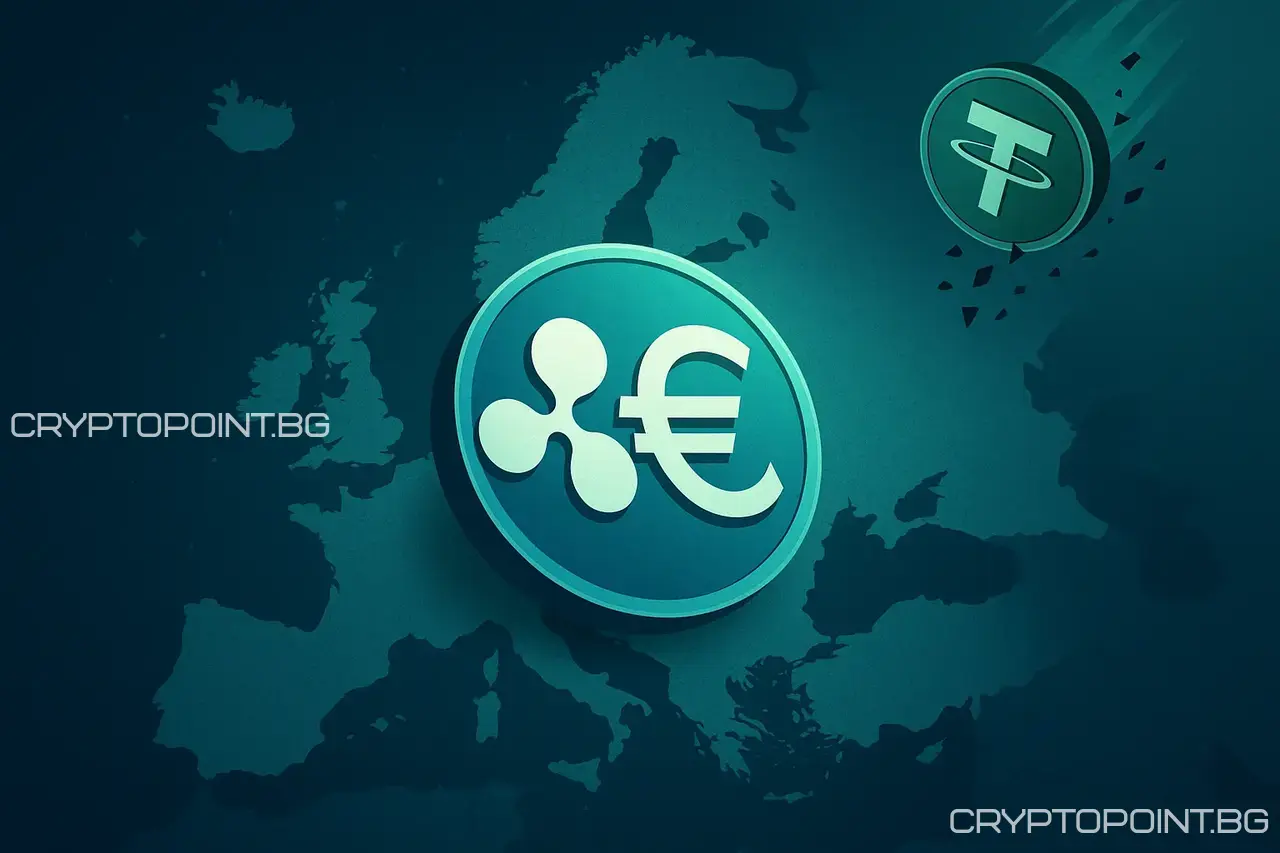
Key Highlights:
- Tether exits the EU due to new MiCA regulations, leaving a $150B stablecoin market gap.
- Ripple’s RLUSD emerges as the leading candidate to fill the vacuum, already listed on Bitstamp.
- Competition between RLUSD and Circle’s USDC intensifies as they battle for dominance in the European crypto space.
The world’s most traded stablecoin — USDT — is officially exiting the European market due to MiCA (Markets in Crypto Assets Regulation), causing major disruption in the continent’s crypto sector.
The reason? MiCA requirements:
- Ban on interest payouts
- Strict cash reserve mandates
- Limits on issuance and redemptions
- Mandatory ties to EU-based banks
Tether’s Response?
As crypto analyst Jake Claver put it: “Tether looked at MiCA and said — ‘we’re out’.”
The result: Over $150 billion in liquidity vanishes from one of the world’s largest crypto markets.
Ripple RLUSD Seizes the Moment
With USDT gone, crypto trading in the EU is facing serious constraints — liquidity is drying up, and many users are moving to platforms outside the EU.
Meanwhile, Circle is attempting to fill the gap with MiCA-compliant USDC and EURC, but their volume remains too small to match Tether’s dominance.
USDC is compliant but small. Tether is massive but non-compliant. RLUSD combines the best of both worlds,
Claver summarized.
RLUSD vs USDC: Who Will Fill the $150 Billion Void?
According to Claver, Ripple’s RLUSD could quietly become the biggest winner in this regulatory shift.
- Launched in December
- Fully MiCA-compliant
- Operates on both the XRP Ledger and Ethereum
- Backed by Ripple’s institutional partnerships
With a focus on global markets — especially Asia, where regional stablecoins are booming — Ripple’s preparation is now paying off. RLUSD is positioned as regulatory clean and globally accessible, making it an ideal candidate for the European market.
Potential Domino Effect Across the Crypto Market
User sKar PRIME on X (formerly Twitter) highlighted that Tether’s exit could trigger a domino effect across the entire crypto ecosystem. This may:
Conclusion:
Tether’s withdrawal from the EU is not just a temporary regulatory reaction — it’s a turning point for the future of stablecoins in the region. While Circle works to build trust with USDC and EURC, Ripple enters the arena fully prepared, offering a compliant RLUSD, solid infrastructure, and global vision.
With MiCA as the new crypto standard in the EU, the winners will be those who blend regulatory transparency with global scalability. And for now, Ripple’s RLUSD looks like the most realistic successor to Tether in Europe.
For crypto traders, institutional players, and regulators alike — the coming months will reveal whether Ripple’s advantage will hold or be challenged.
Frequently Asked Questions
Find answers to the most common questions below.
Tether exited the EU due to the strict requirements of the MiCA regulation, including cash reserve mandates, interest bans, and mandatory connections with EU banks, which USDT does not meet.
RLUSD is fully MiCA-compliant, operates on both the XRP Ledger and Ethereum, is supported by institutional partnerships, and is already listed on major exchanges like Bitstamp.
MiCA introduces rigorous compliance standards, favoring stablecoins that meet transparency, reserve, and operational criteria. It is reshaping the European crypto landscape by pushing out non-compliant players like Tether.
This article is for general informational purposes only and is not intended to be, and should not be construed as, legal or investment advice. Crypto-assets are highly volatile, so only invest funds you are willing to lose and use your own research and risk management.




